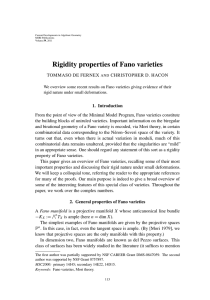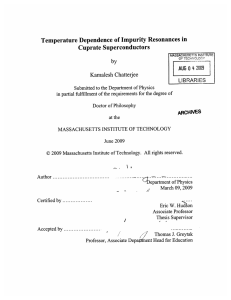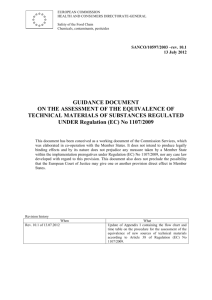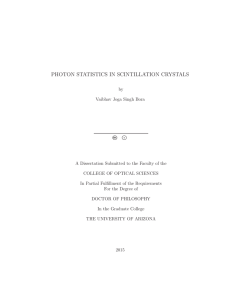Unified Theory of Fano Resonance in the Anderson Impurity Systems
advertisement
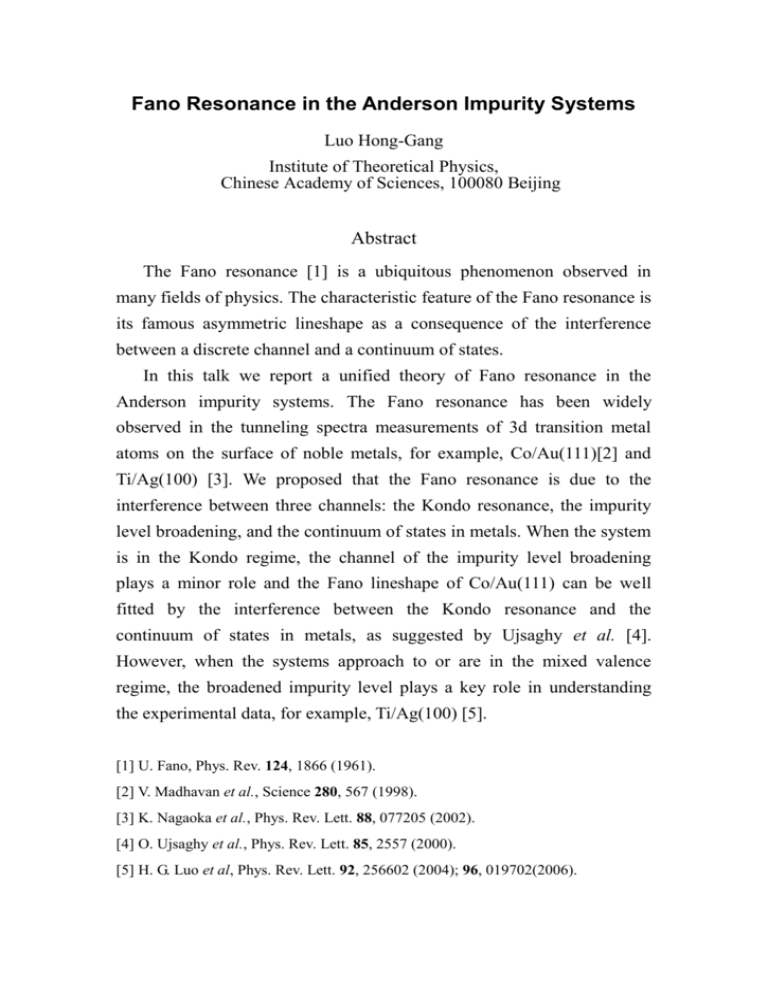
Fano Resonance in the Anderson Impurity Systems Luo Hong-Gang Institute of Theoretical Physics, Chinese Academy of Sciences, 100080 Beijing Abstract The Fano resonance [1] is a ubiquitous phenomenon observed in many fields of physics. The characteristic feature of the Fano resonance is its famous asymmetric lineshape as a consequence of the interference between a discrete channel and a continuum of states. In this talk we report a unified theory of Fano resonance in the Anderson impurity systems. The Fano resonance has been widely observed in the tunneling spectra measurements of 3d transition metal atoms on the surface of noble metals, for example, Co/Au(111)[2] and Ti/Ag(100) [3]. We proposed that the Fano resonance is due to the interference between three channels: the Kondo resonance, the impurity level broadening, and the continuum of states in metals. When the system is in the Kondo regime, the channel of the impurity level broadening plays a minor role and the Fano lineshape of Co/Au(111) can be well fitted by the interference between the Kondo resonance and the continuum of states in metals, as suggested by Ujsaghy et al. [4]. However, when the systems approach to or are in the mixed valence regime, the broadened impurity level plays a key role in understanding the experimental data, for example, Ti/Ag(100) [5]. [1] U. Fano, Phys. Rev. 124, 1866 (1961). [2] V. Madhavan et al., Science 280, 567 (1998). [3] K. Nagaoka et al., Phys. Rev. Lett. 88, 077205 (2002). [4] O. Ujsaghy et al., Phys. Rev. Lett. 85, 2557 (2000). [5] H. G. Luo et al, Phys. Rev. Lett. 92, 256602 (2004); 96, 019702(2006).
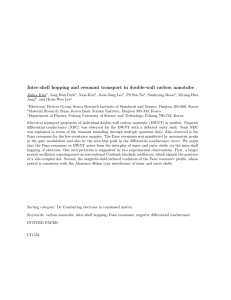
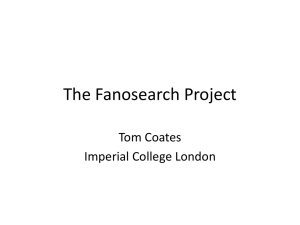
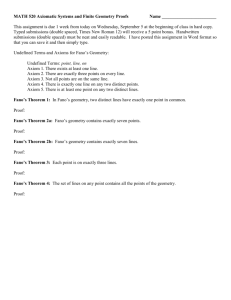
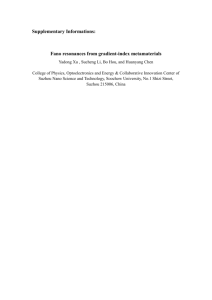

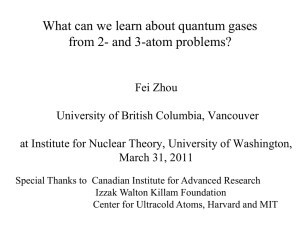
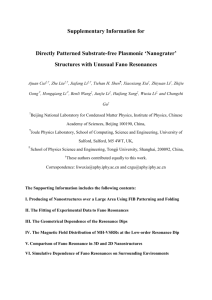

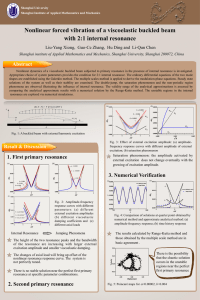
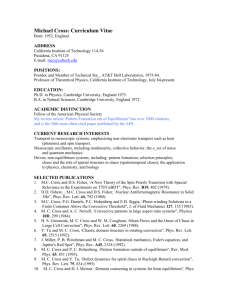


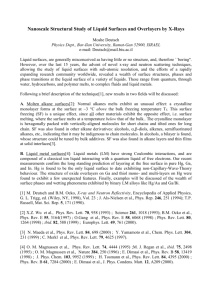
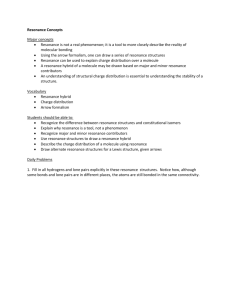
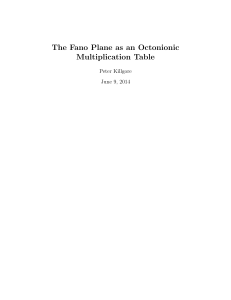
![[21928614 - Nanophotonics] Fano-resonant metamaterials and their applications](http://s3.studylib.net/store/data/025360583_1-9258683f319c29997b52912a72aec168-300x300.png)
